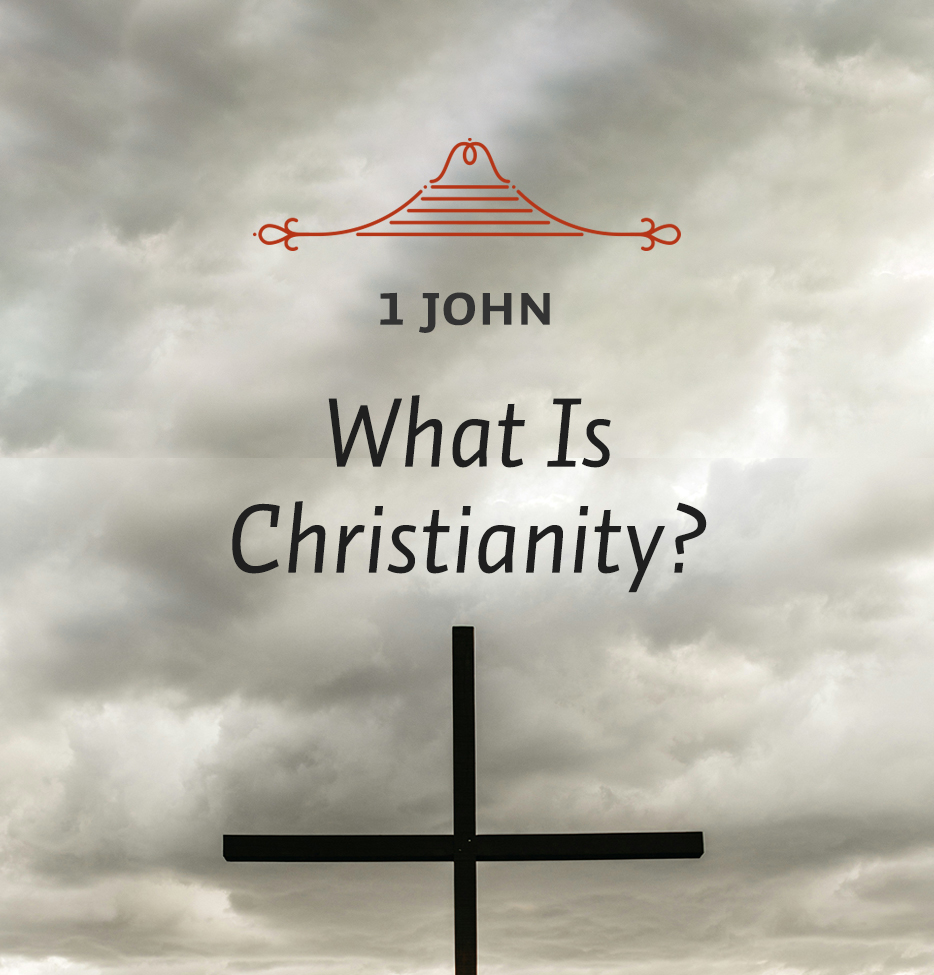The second channel through which John gained knowledge of Christ was the eye, for the apostle says that he and other apostles “have seen” Him. Of all the sense words used by John in this preface—hear, see, look upon, and touch—this one was apparently the most important to John personally, for he repeats it in each of the first three verses.
Why should this be important? The answer may be found in the fact that this is the word used by John in the Gospel to describe the moment of his own conversion, if (as seems natural) we are to take the unnamed disciple of John 20 as the author. The chapter tells of the events of the morning of the resurrection, beginning with Mary’s first arrival at the tomb and continuing with the race of Peter and the unnamed disciple, who is probably John, to the sepulcher. It contains three different Greek words for “see,” culminating in the one used here. Peter and John had been told by Mary that the body of Jesus was missing. So they ran to the tomb. John, who was the younger, arrived first. Here, he writes, he stopped at the door and looked in, as the result of which he “saw” the linen bands in which the body of Jesus had been wrapped. This word for “see” is blepo, the most common of all. It indicates only that the image of the object had impressed itself on John’s eyes. From what is known of the circumstances it may even be that John could not see the linen cloths too well, for he was outside in the light and they were in shadow.
In a few moments Peter arrived. Peter had always been more forceful than John so, true to character, Peter did not stop at the door but rather pushed John aside and entered. The author tells us at this point that Peter now also “saw” the linen cloths, but now he uses a different word. It is theaomai, which means to “behold with intelligence, perceive, or scrutinize.” Apparently there was that about the grave clothes that caused Peter to puzzle over them. They were still there, for one thing. That alone was puzzling; for if the body of Jesus had been removed the bands would presumably have been moved with it. Moreover, the bands were in order, lying just where the body had been. If the body had been unwrapped, for whatever inconceivable reason, the cloths would have been scattered about and the spices spilled. Finally, the disciples noticed that the napkin that had been about the head was not with the other grave clothes but was in a place by itself; that is, it was lying precisely where it had been when it was around the head of Jesus, but it was separated from the cloths by the space where in accord with Jewish practices of embalmment the unwrapped face and shoulders of the master had been. What would account for the presence and arrangement of the grave clothes? Nothing but a resurrection in which the transformed body of Jesus would have passed through the linen cloths leaving them undisturbed, just as it was later to pass through closed doors (John 20:19).
At this point the significance of the grave clothes got through to John, for he tells us that he “saw” (the third of the words for “see,” orao, meaning “to see with understanding”) and believed. It is this last word, orao, that John uses three times in the preface to 1 John, as he thinks (it can hardly be otherwise) of his own experience. Others might doubt, but he at least had heard, scrutinized, and seen Jesus with that insight that led to belief.






